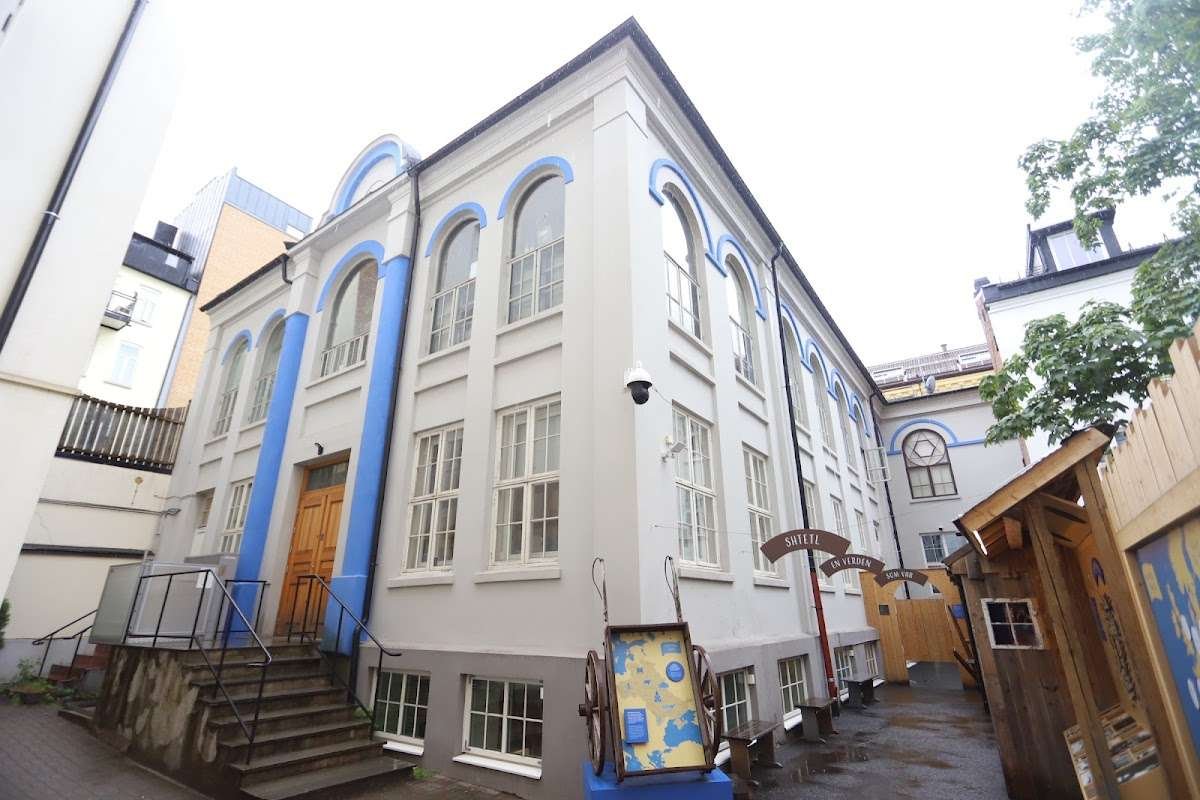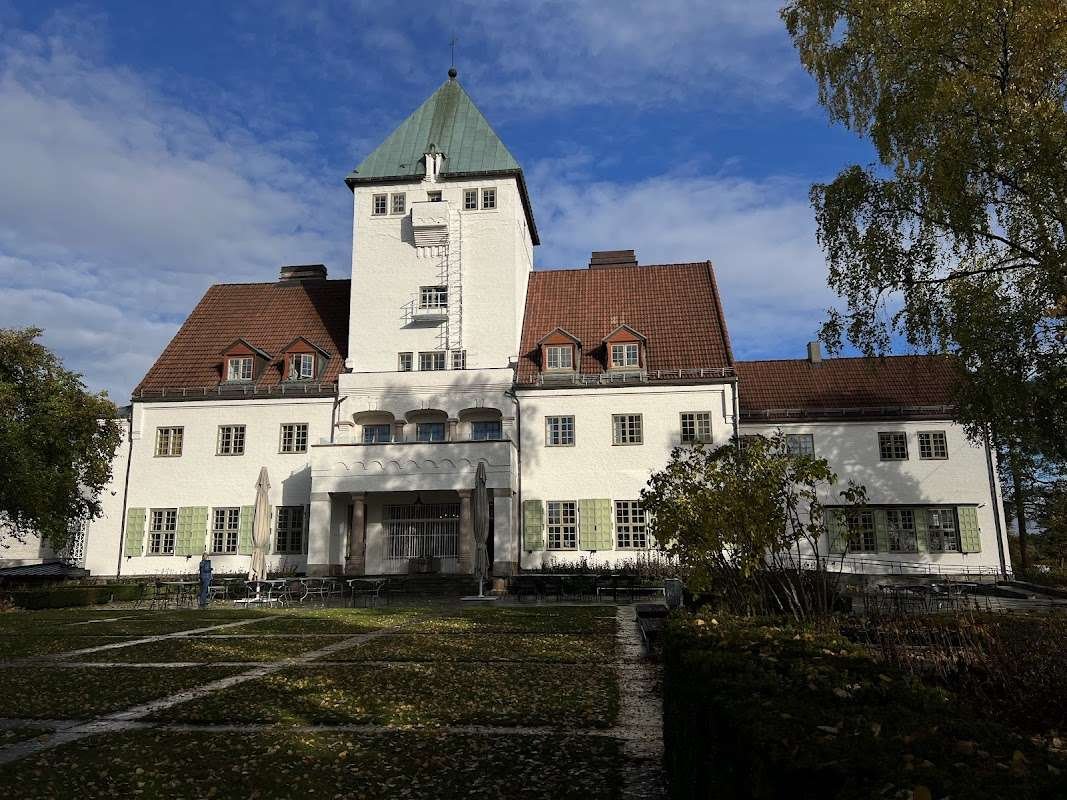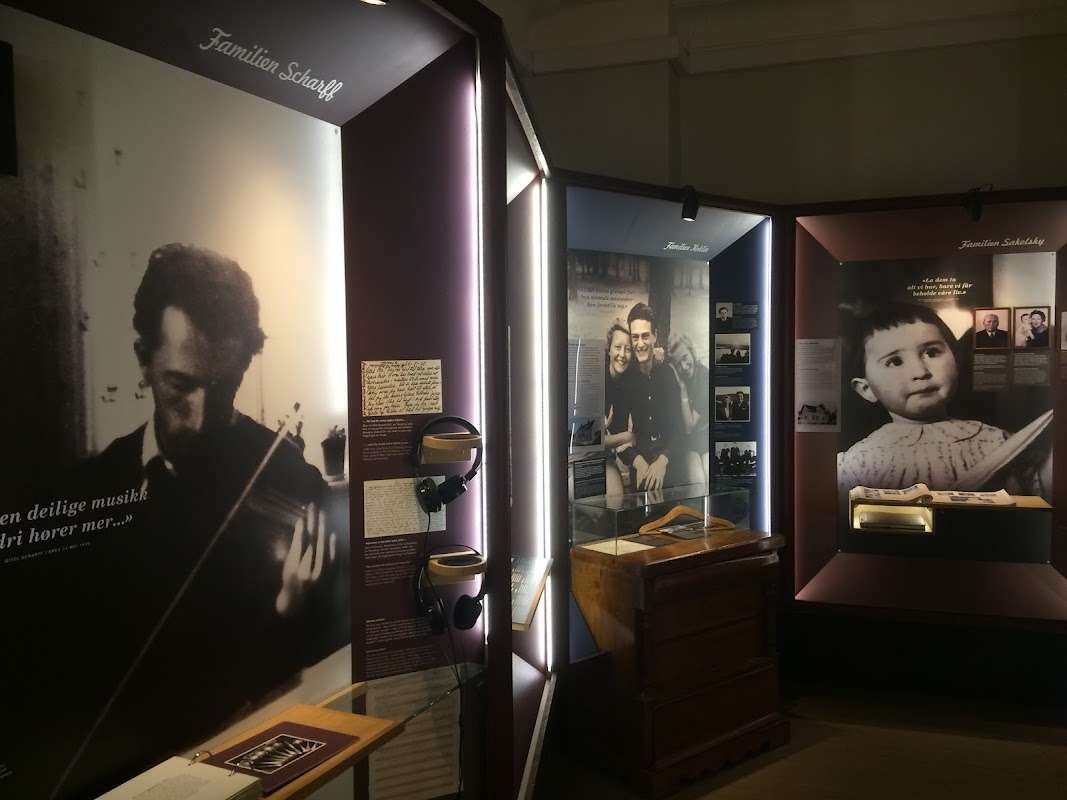"Names on the Pavement": The Jewish Museum in Oslo and how Norway remembers the Holocaust
Right in the heart of Oslo, there are doors behind which the past whispers secrets — and that is why it is deafeningly clear. The Jewish Museum is a must-visit for anyone interested in the community's history. It showcases the community's life from the late 19th century right up to the present day. Visitors can delve into the past through family photo albums, ritual objects and the voice of holidays and everyday life. And — the incredible tragedy of deportations, which became part of Norway's history. A truly remarkable "open-air museum" stretches along the streets of the city, consisting of the poignant brass Stolpersteine plaques at the entrances to the buildings where people were taken away on 26 November 1942. This article is a must-read for anyone looking to explore the rich history and culture of Oslo. You'll discover the incredible stories hidden within the Jewish Museum, learn how museums bring the Holocaust to life, and find the perfect "memory route" that will leave you with a sense of profound inspiration.

What makes the Jewish Museum in Oslo special, and why do travellers love it?
It is a "living" community museum, which means it is a real place where people live and work. Under one roof, there are permanent exhibitions on the annual cycle of Jewish holidays, the roots of migration, and the fate of Jews during the war. It is located at Calmeyers gate 15B, in a neighbourhood where many Jewish families settled in the 19th century; the building is connected to the history of the local synagogue. This is a great place to start if you want to talk about Norwegian Jews. You can do this by looking at everyday objects, family stories and interviews about how they live and celebrate today.
Which exhibitions show what the community was like before the war?
The exhibition "The Jewish Year – For Everything there is a Season" introduces visitors to holidays, Shabbat and ritual objects. These range from sounds to texts and video interviews. The book "Shtetl – A Lost World" tells you where and why Jewish families came to Norway, what their languages and music sounded like, and what they brought with them from the shtetls of Eastern Europe. Both show life "before", so that the tragedy "after" is not just numbers.
How does the museum talk about the Holocaust and the times when people were sent away from Norway?
The main answer is the exhibition "Remember us unto life. Jews in Norway 1940–45." Here, you can see how the situation gradually got worse through family archives, photographs, documents and short stories. You can see how men were arrested in October 1942, how property was taken, and how women and children were sent away. The routes that people used to escape to Sweden are also shown, as well as the help that people gave to those escaping. This is not only about the victims, but also about the choices made by the people who helped them. This is an important focus of Norwegian museums.
Why is 26 November 1942 such an important date in Oslo's history?
On that day, the steamship DS Donau left Oslo with the largest group of deported Norwegian Jews. The numbers given by different sources are a little different: Official royal court records say 529 people died, but museum materials and some city publications say 532. Every year on 26 November, the Jewish Museum holds special events to remember this day. These include talks, concerts and meetings with people who saw the events or studies them in history. This is part of the city's history and an important date for understanding the subject.
How many Jewish people were sent away from Norway, and how many of them survived?
The number of deportees is usually given as 772 in academic and museum literature; the Jewish Museum itself says the number is 773. About 34 people survived. The difference between the two numbers comes from the way the individual cases were counted. For visitors, it is more important to understand the scale: we are talking about the almost complete destruction of the country's pre-war community. You will see these figures in the exhibitions and reference materials at HL-senteret (Villa Grande) and in the museum texts.
What are Stolpersteine (or "stumble stones") and how are they used in Oslo?
These are "stumbling stones" — small brass plaques in the pavement outside the houses where people who were deported and killed lived. The project by artist Günther Demnig came to Norway in 2010 on the initiative of the Jewish Museum. The first stones were laid right outside Calmeyers gate 15, and then they appeared throughout the city and the country. The plaques show the person's name, year of birth, date of deportation and place of death. It's a great place to start — just walk from the museum doors and see these "mini-memorials".
Where in Oslo can you continue exploring the Holocaust outside the museum?
Visit the Norwegian Centre for Holocaust and Religious Minorities (HL-senteret) in Villa Grande on Bygdøy, the former home of Vidkun Quisling. The permanent exhibition explains how people were persecuted, the role of those who helped the Nazis, and how people were deported. It also looks at the issue of minorities today. The villa itself is part of history: you can still see traces of the occupation, including a bunker.

Which documents and artefacts are the most important for understanding the deportations?
Take a look at the registration forms, identity cards stamped with a "J", lists of people who have been arrested, orders to take property and police summonses. The HL-Senteret says that the arrests were carried out by the Norwegian police on the orders of the German authorities. This is now being admitted by all. These sources help us to see that genocide is not just one event "somewhere far away", but a series of actions by officials and the police.
Can you see memory in the city, apart from the Stolpersteine?
Yes. In Oslo, there are memorial plaques on the waterfront where the transports stood. The last set of Stolpersteine was installed on Akershusstranda near the fortress in 2022. This is a powerful spot in the city landscape. Inside the university, there are special ceremonies to remember important dates in history (for example, on 26 November). If you walk from the centre to the harbour, you can understand what happened better.
What personal stories does the museum focus on?
As well as the permanent exhibition on 1940–45, the museum regularly puts on special projects, such as the story of the Heilbut/Seligmann families. The tragedy becomes more personal when we look at photo albums, letters, stories from relatives and rare interviews. This small size is one of Oslo's strengths: you see not only "numbers" but also faces, household items, school notebooks — the things that make up a life.
And if you want to understand the subject more broadly, beyond the capital?
There are important memorial centres in the country. The Falstad Centre in Levanger is a national centre built on the site of a camp. It has exhibitions about prisoners and international humanitarian law. ARKIVET in Kristiansand is the former headquarters of the Gestapo. It is now a human rights museum and memorial site. Both of these books give a general overview of the repression in Norway and go well with the exhibitions in the capital.
How can you visit some of Oslo's main attractions in half a day?
Start your trip at the Oslo Jewish Museum: The book starts with 'The Jewish Year', then 'Shtetl', and ends with 'Remember us unto life'. Then go outside to the Stolpersteine tiles at the entrance and walk around the neighbourhood. You will see that several addresses will already point to the fates of the neighbours of this house. The tour ends at the HL-senteret in Bygdøy. There, you will learn about the history of persecution and deportation in Norway. If you have time, walk to the waterfront at Akershusstranda, where you can also experience the history of the place.

Memory in Norway is a celebration of simplicity and power. In the museum, you'll find the voices of families and documents. In the city, you'll catch the gleam of brass tiles at the entrances to buildings that once smelled of dinner and children's soap. The Jewish Museum in Oslo and HL-senteret are incredible places where you can experience the joy of holidays and the pain of loss all under one roof. They show how honest conversation can create a culture of remembrance that is both inspiring and uplifting. Look into the eyes of the people on the stands and at the stones on the pavement — and give yourself time to walk this path.
We would absolutely love to hear your thoughts in the comments!
If you have any interesting photos, personal experiences or questions about the article, we would love to hear them – please leave a comment! We can't wait to hear from you, as we're on a mission to create the most popular and useful blog about Norway!





1 comment
Log in to leave a comment